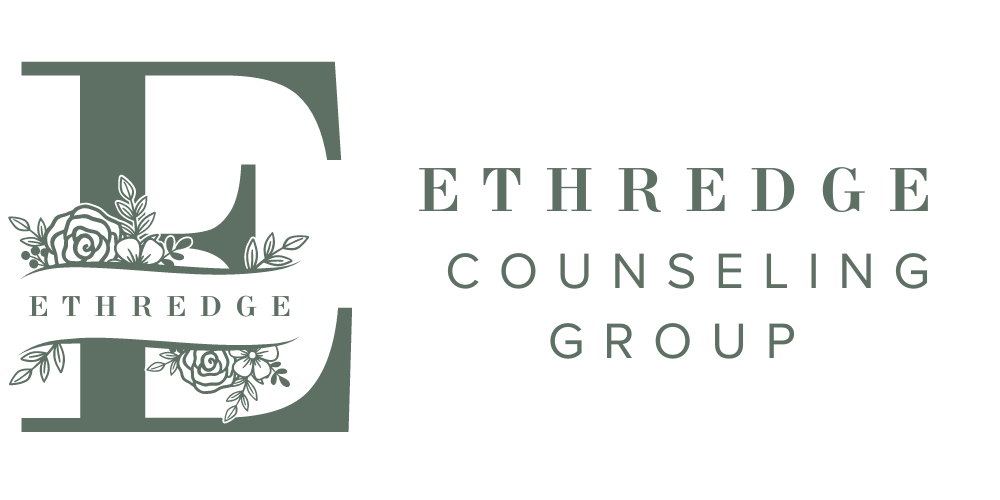Expression Through Representation: Creative Coping, Pt IV
While creativity is so much more than traditional art forms, the use of artistic methods is a quintessential form of self-expression.
There are endless artistic mediums to explore which may include sketching with charcoal, getting messy with watercolor, relaxing by coloring pre-designed pages, creating real life with acrylics, dirtying your hands in sculpting, and embracing technology for graphic design.
The beauty and freedom of artistic expression is that it is entirely subjective and authentic.
This freedom allows for the space for you to express yourself without limits or self-judgment.
It’s not that you can’t judge your art, but there are no clear rules for judgment. The creation you make may mean one thing to you and something completely different to someone else.
If you can let go of the fear of perfection, there is immense potential for self-acceptance through the process of creation.
“The ability to let go of judgment through artistic expression may also serve as a practice tool to reflect back in your personal life or inner dialogue.”
Artistic methods allow for representation of your inner experience.
Color, symbols, and figures all stand as an expression of your innerworld.
This can be intentional or unintentional.
If you’re comfortable enough to let yourself go freely with your art, you can engage intuitively and let it reflect back to you its meaning or representation.
Or, let’s say you’re extremely anxious and you want to explore it with water color. You may start with a color that represents your anxiety and see how much of the page it fills up.
Then, maybe another color will represent a different part of your anxiety (low mood or panic). You use that color to see how much of the page it fills up until you believe your anxiety has been fully explored.
If total freedom and no guidance in art is too intimidating or just not for you, that’s okay too! There are a lot of structured forms of artistic expression that can be explored as well.
Whether it’s diagramming or doodling or following a specific prompt, art can be more structured, too.
You can go to a painting or pottery class or use a paint by numbers or coloring pages.
Going to classes can also provide you with social interactions and community and following predesigned prompts can help you not have to think at all and just do it!
There are also numerous prompts and activities to explore your mental and emotional health through art and diagramming.
Following these activities can help to explore your mind, thoughts, and feelings or difficult experiences in life (grief and trauma), with the guidance but without the pressure of finding the right words.
Creative Art Ideas for Emotional Expression:
1) Abstract for emotional exploration and catharsis
Choose a medium to explore that offers fluidity (ex: watercolor, oil pastels, ink blots, paint markers)
Choose a topic, emotion, experience, or thing that you want to explore or release emotions around (ex: depression, anxiety, grief, trauma, work, sadness, etc).
Choose colors that represent different emotions or reactions to your subject of exploration (Or choose whatever colors intuitively speak to you without expectation)
Release or explore your emotions by pouring as much of one color on the page as feels most authentic
Reflect on if you feel lighter or if you have more clarity upon the completion or sight of your abstract
2) What’s going on in my mind?- Diagram your mental energy production
Draw or print an outline of a brain
Write words, doodles, drawing or symbols to represent the business and mental energy exerted in your mind
Include a “key” to represent different doodles or symbols
Choose size and location to represent how much energy is invested on different thoughts, emotions, or things and how close they are to the “forefront of your mind”
Reflect on your diagram to consider what areas feel like need more or less attention or what thoughts, emotions, experiences, or things may be clouding other areas of thinking
If you live in South Carolina and are interested in mental health counseling, you can schedule a 20min free consultation with a licensed professional counselor by following the link below!




